From building individual facilities to strengthening our collective social, cultural and civic capacity.
How far back can you trace work related to this program?
For over 80 years, much of Kresge’s Arts & Culture funding was issued through large grants to traditional arts and culture institutions and universities. These matching gifts were intended to strengthen an organization’s donor base by recruiting new individual donors and encouraging current supporters to increase their giving. Kresge’s support is recognized on donor walls at countless symphony halls, amphitheaters, museums, theaters, and libraries in every corner of the United States and abroad.
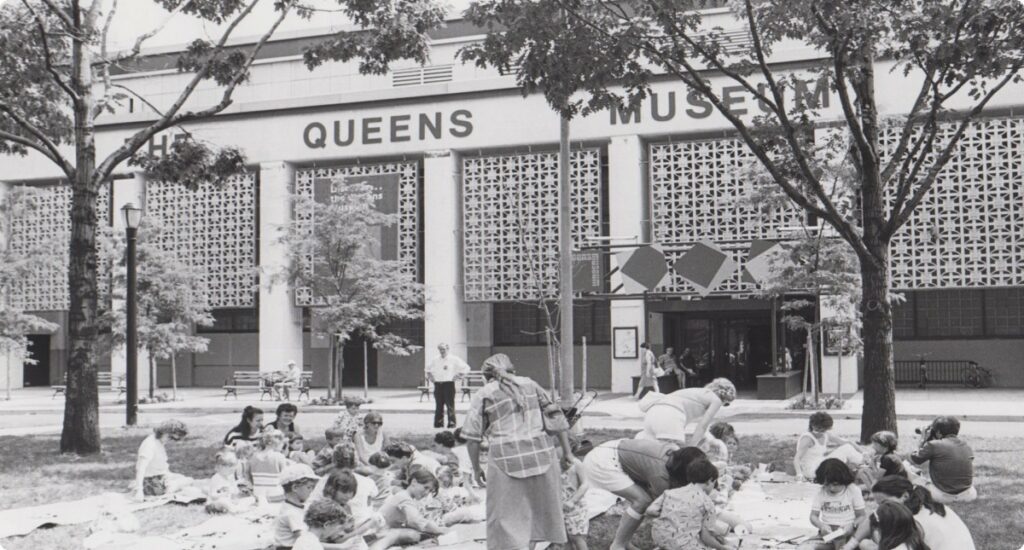
When was the modern Arts & Culture Program established?
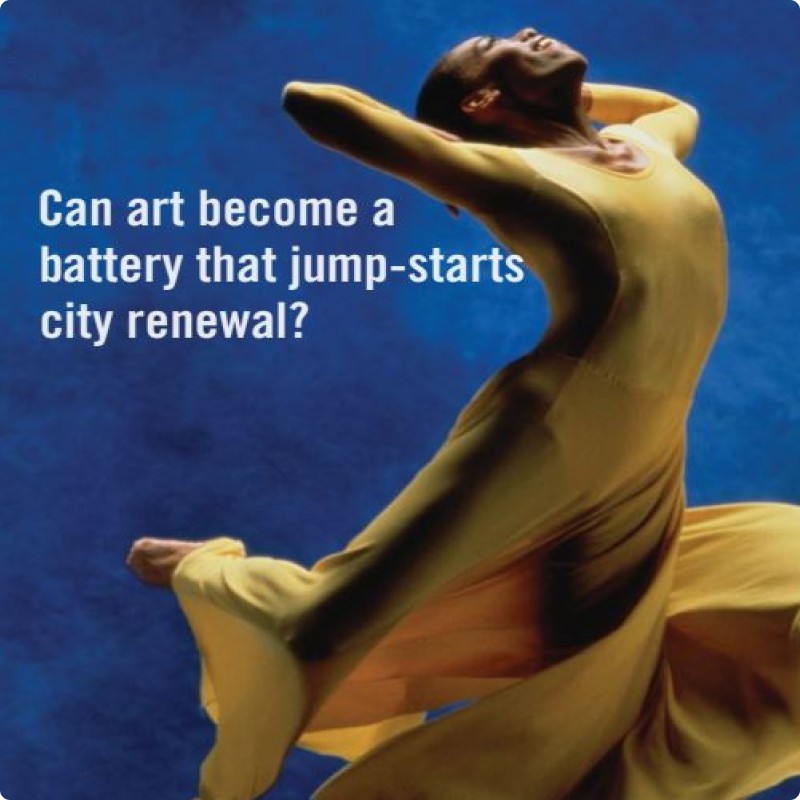 The program has evolved over the past 16 years. New leadership led to a foundation-wide shift in 2006. Rip Rapson’s vision formed program teams to influence entire fields, build a deeper knowledge of the trends and opportunities in each field, foster new relationships, and draw insights into where Kresge could have the greatest effect.
The program has evolved over the past 16 years. New leadership led to a foundation-wide shift in 2006. Rip Rapson’s vision formed program teams to influence entire fields, build a deeper knowledge of the trends and opportunities in each field, foster new relationships, and draw insights into where Kresge could have the greatest effect.
After 80-plus years of supporting capital campaigns of arts and culture institutions, the acute changes in technology, declining attendance, shifting audience preferences – and the 2008 financial crisis – created an imperative for change as a concern about fragile balance sheets and long-term fiscal stability grew. As a result, Kresge introduced a new strategy in 2009 to support healthy balance sheets, artists’ services, and community-building initiatives.
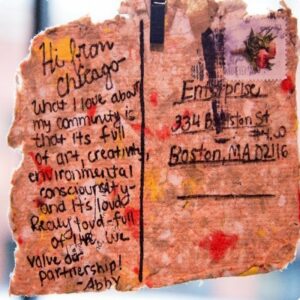 The genesis of the modern-day Arts & Culture Program strategy can be found in its emphasis on arts and community building and the emergence of the National Endowment for the Arts‘ Our Town program and Artplace America, a 10-year creative placemaking initiative. In 2012, to advance the integration of arts and culture into community development and align with the Foundation’s vision to expand opportunity in America’s cities, the program team unveiled its modern-day strategic priority on equitable Creative Placemaking.
The genesis of the modern-day Arts & Culture Program strategy can be found in its emphasis on arts and community building and the emergence of the National Endowment for the Arts‘ Our Town program and Artplace America, a 10-year creative placemaking initiative. In 2012, to advance the integration of arts and culture into community development and align with the Foundation’s vision to expand opportunity in America’s cities, the program team unveiled its modern-day strategic priority on equitable Creative Placemaking.
What is an example of an early grant in this space?
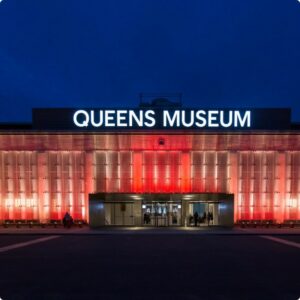
“We didn’t realize the earliest nods to Creative Placemaking, but they can be found in our grantmaking dating back to 2008,” said Regina Smith, managing director of the Arts & Culture Program, who joined Kresge in 2008.
That year, Kresge made a $500,000 facilities capital challenge grant to the Queens Museum of Art, now The Queens Museum. The grant supported the land acquisition and expansion of the art museum and an educational center in Flushing Meadows–Corona Park, Queens, New York.
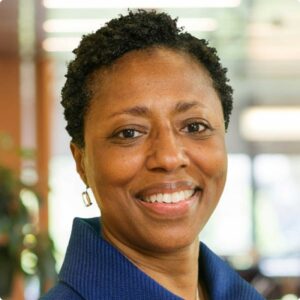
“The museum was expanding to become, in addition to a world-class museum, a more inclusive community space,” Smith said. “It was one of the first museums known to have community organizers on its staff because of how it envisioned working and building relationships with residents and community-based groups before, during, and after the construction. Ultimately showing up as a trusted neighborhood partner and anchor, not a transactional programmer.”
At the time, this approach sparked Kresge’s interest in expanding the role of arts and culture beyond facilities, legacy institutions or traditional art forms to the more expansive ways it advances community priorities.
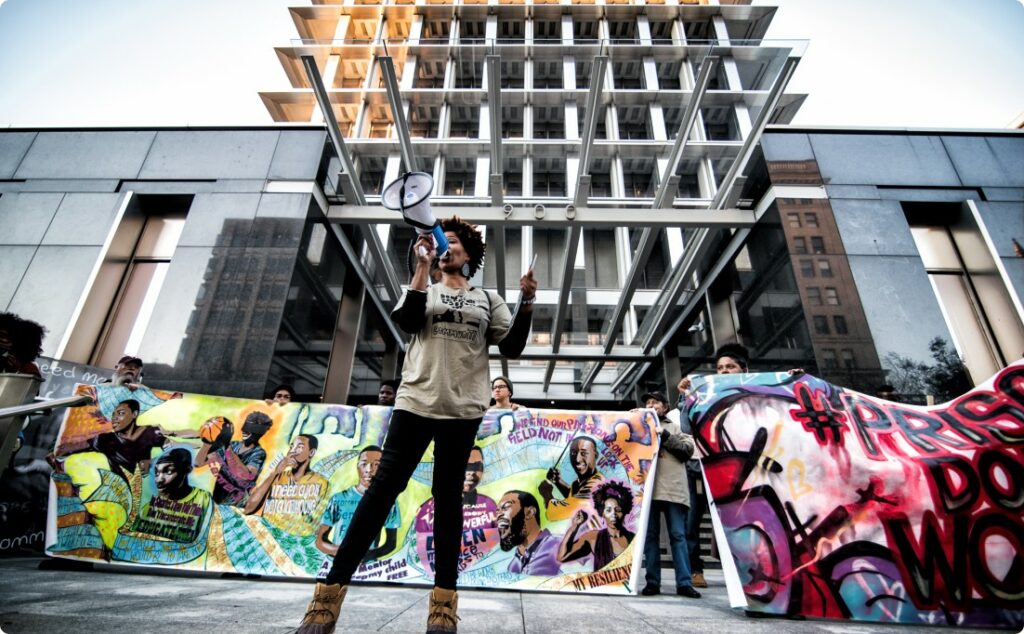
Why has this area been historically important to Kresge?
“Arts and culture can help us make sense of the world around us – from capturing historically significant events to envisioning the future – and through various art forms, it is a means of human expression,” Smith said. “There are myriad ways to promote human progress. Each path will require imagination and creativity. As a contributing dimension of community life, arts and culture can support healthy and well-connected communities for youth and families. It is why this area is historically important to Kresge.”
How do the current strategies reflect or build on our historical investments in this area?
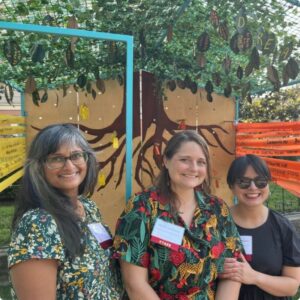
The Arts & Culture Program recently made refinements to reflect adaptations made during the pandemic and to deepen its commitment to investing in the pre-conditions for enduring community change, such as social cohesion, narrative control and collective action. Nationally and in focus cities, through three inter-connected priorities designed to support proven and emergent cross-sector approaches, the program aims to create an enabling environment for equitable change by:
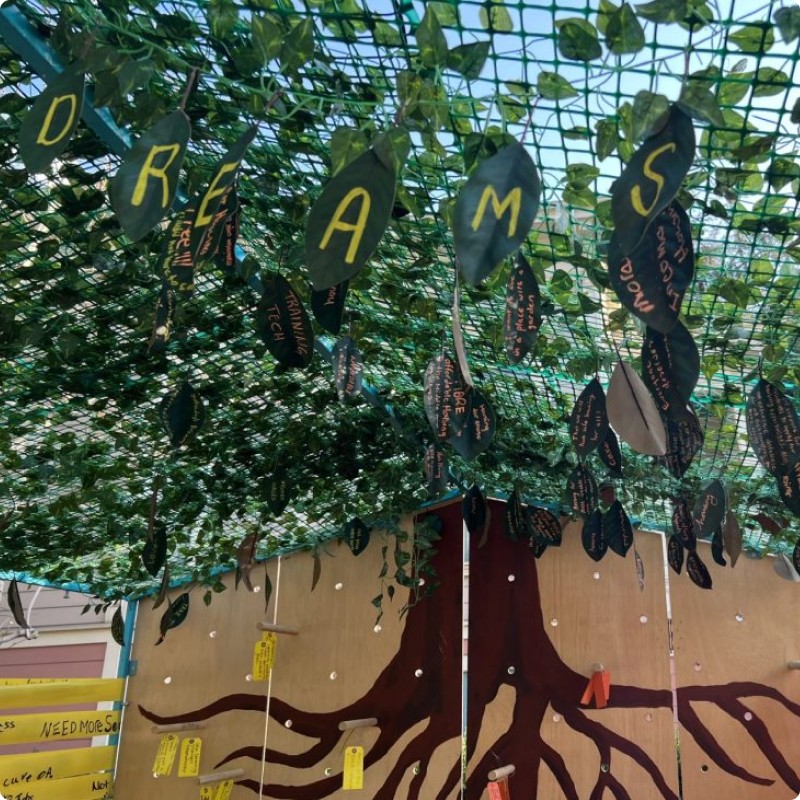
- Strengthening creative practices that advance equitable outcomes in neighborhoods.
- Investing in innovative community leaders working with residents to realize change.
- Connecting equitable creative practices across sectors.


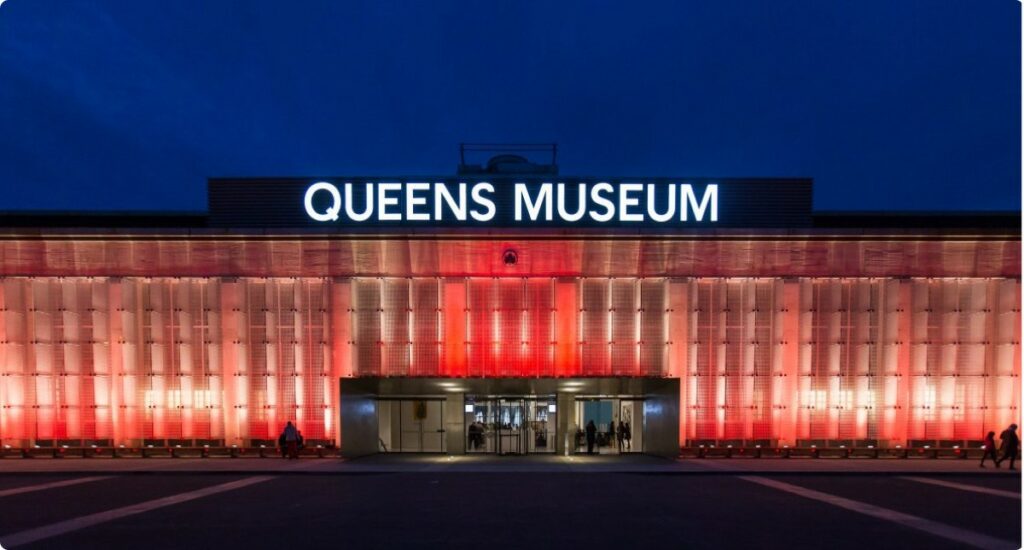

Q: Why has this area been historically important to Kresge?
(Quote from an MD, Rip or former Kresge employee)
Lorem ipsum dolor sit amet, consectetuer adipiscing elit. Aenean commodo ligula eget dolor. Aenean massa. Cum sociis natoque penatibus et magnis dis parturient montes, nascetur ridiculus mus. Donec quam felis, ultricies nec, pellentesque eu, pretium quis, sem. Nulla consequat massa quis enim. Donec pede justo, fringilla vel, aliquet nec, vulputate eget, arcu. In enim justo, rhoncus ut, imperdiet
Q: How do the current strategies reflect or build on our historical investments in this area?
(Quote from an MD, Rip or former Kresge employee)
Lorem ipsum dolor sit amet, consectetuer adipiscing elit. Aenean commodo ligula eget dolor. Aenean massa. Cum sociis natoque penatibus et magnis dis parturient montes, nascetur ridiculus mus.

How far back can you trace work related to this program?
The foundation’s exploration of using non-grant forms of capital to advance its mission began in 2008. That year Kresge made its first five social investments, all loans between $1 million to $2.5 million.
Then in 2009, the foundation responded further to the financial crisis by issuing more than a dozen no-interest loans to nonprofits directly involved in stabilizing and supporting communities.
“Like so many things, the origins of the Social Investment Practice had its roots in crisis,” said Kresge Trustee Jim Bildner, who was instrumental in moving Kresge to begin using these tools in its work. “2008 was a profound moment for our country and for vulnerable populations. The impact of the fiscal crisis hit every element of the preexisting safety net. This created an enormous supply and demand problem that the foundation had not seen since the Great Depression.”
“The idea to make these no-interest loans came from the Trustees themselves, which was rare,” said Bildner, “and took less than 30 days from idea to reality.”
Q: When was this Program officially established? (Year and short explainer)
In 2012, Kresge hired its first managing director of social investments, Kimberlee Cornett. In 2015, the foundation expanded this area of work with a $350 million commitment – representing 10% of its corpus at that time – to deploy into impact investing.
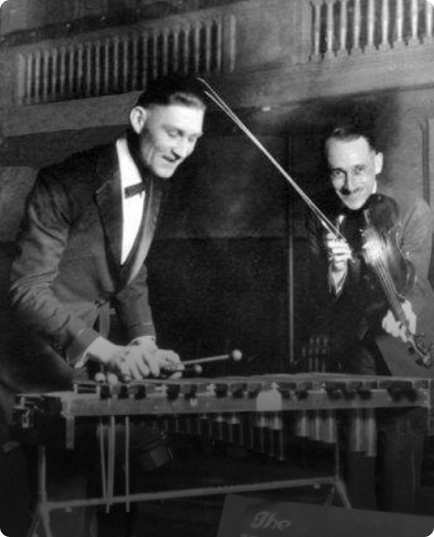
Q: What’s an example of an early investment in this space?
IFF, $2.5 million, 2008
This 3% interest loan was paired with a $500,000 grant and supported IFF, a Community Development Financial Institution that provides below market-rate real estate loans, facilities planning and development, research projects and community planning initiatives. With the combination of a structured PRI and a grant, our support enabled the expansion of IFF's loan and advisory services out of Illinois, a critical step in expanding its ability to provide access to new sources of capital, while building IFF’s organizational capacity to sustain program operations.
